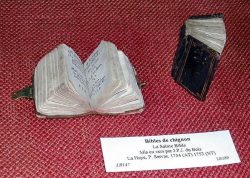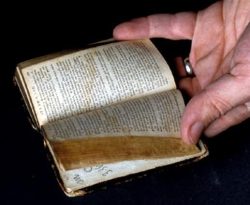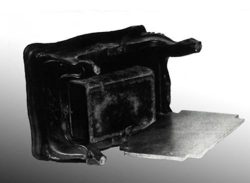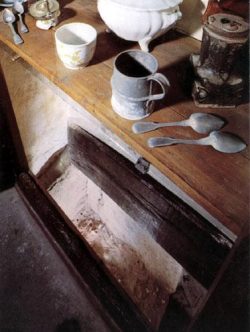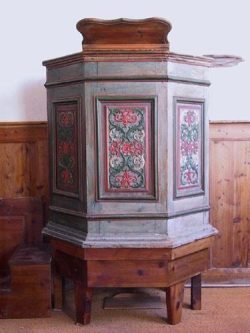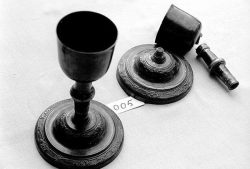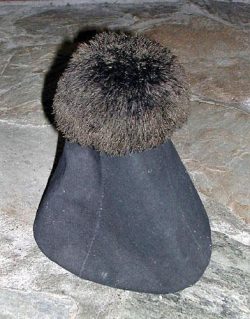Memorabilia
from “underground” life
Since Protestants still living in France might only practice their religion in the utmost secrecy, they had to hide all objects likely to be used in religious ceremonies.
Objects necessary for religious celebrations were concealed
The practice of the Reformed religion was forbidden by the Edict of Fontainebleau (1685).
However, some Protestants still practiced their religion in the secrecy of their own homes, in “underground” meetings, despite the penalties they might incur (death, the galleys, prison). In order to limit these risks, the objects needed for such services were kept hidden in private homes, in order to avoid discovery by visiting law enforcers.
The size of Bibles and hymn books was reduced, or their appearance altered. The title page of the Bible was removed, to avoid discovery of the forbidden book by illiterate soldiers.
Some objects could be dismantled for transport to the clandestine gatherings.
Bun Bibles
The reading of the Bible was still common in Protestant households.
Bibles, or extracts from the Bible, were printed very small so that they could be hidden in a woman’s bun or under her coif. The same applied to hymn books.
Hiding places for the Bible
The “Huguenot mirrors” were thick enough to hide a Bible. Other pieces of furniture, such as stools for example, were also adapted.
Hiding places for ministers
Hiding places for ministers were built in houses – they could be condemned to death if arrested. These hiding places were : cupboards with a false bottom, spaces between the floorboards and ceiling of the room below, between the ceiling and the roof, or hidy-holes in the walls.
Pulpits that could be dismantled
In the second half of the 18th century, pulpits were dismantled and carried to “underground” meetings for use by a preacher or minister.
Communion chalices that could be taken apart
The chalices used for communion could be taken apart and screwed back together. They were carried in small boxes.
Ministers' headgear
In the secret meetings of the second half of the 18th century, ministers wore a gown and kind of black fabric mortarboard. This was taken to meeting by a woman, in a cone-shaped, tinplate container that looked like a milk pail.
Progress in the tour
Associated tours
-
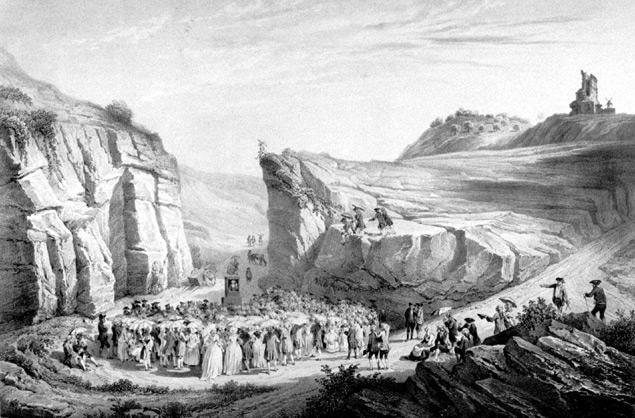
Religion in the “Desert” period
After the Revocation of the Edict of Nantes in 1685, French Protestants went into exile or abjured their religious faith. However, among those who abjured, some continued to practice in...
Associated notes
-
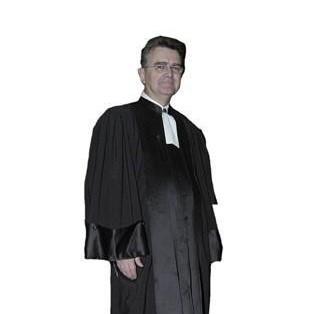
The pastoral gown
Since Calvin’s days, the black gown, traditionally for university doctors, was frequently worn at collective worship. After 1968 it, it tended to disappear but is now coming back in use... -

The secret meetings
Long before the Revocation of the Edict of Nantes in 1685, freedom of worship for Protestants was already being questioned. Following the Revocation of the Edict of Nantes, three quarters... -
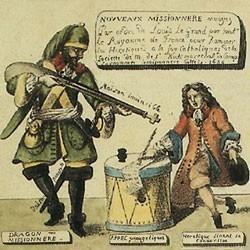
The "Dragonnades" (1681-1685)
A “Dragonnade” was the forced lodging of dragoons, the king’s soldiers, in Huguenot homes. The latter were looted and mistreated until they renounced their faith. -

The sentences imposed on Protestants
The Edict of Fontainebleau (1685) and various decrees of 1686 imposed penalties on Protestants. -
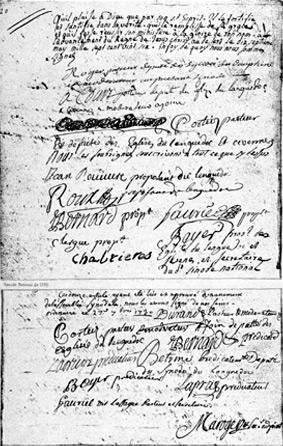
Pastors of the "Church of the Desert"
Following the revoking of the Edict of Nantes, Protestant pastors had to leave France. From 1715, encouraged by Antoine Court, a new group of pastors gradually emerged. The “Church of...

